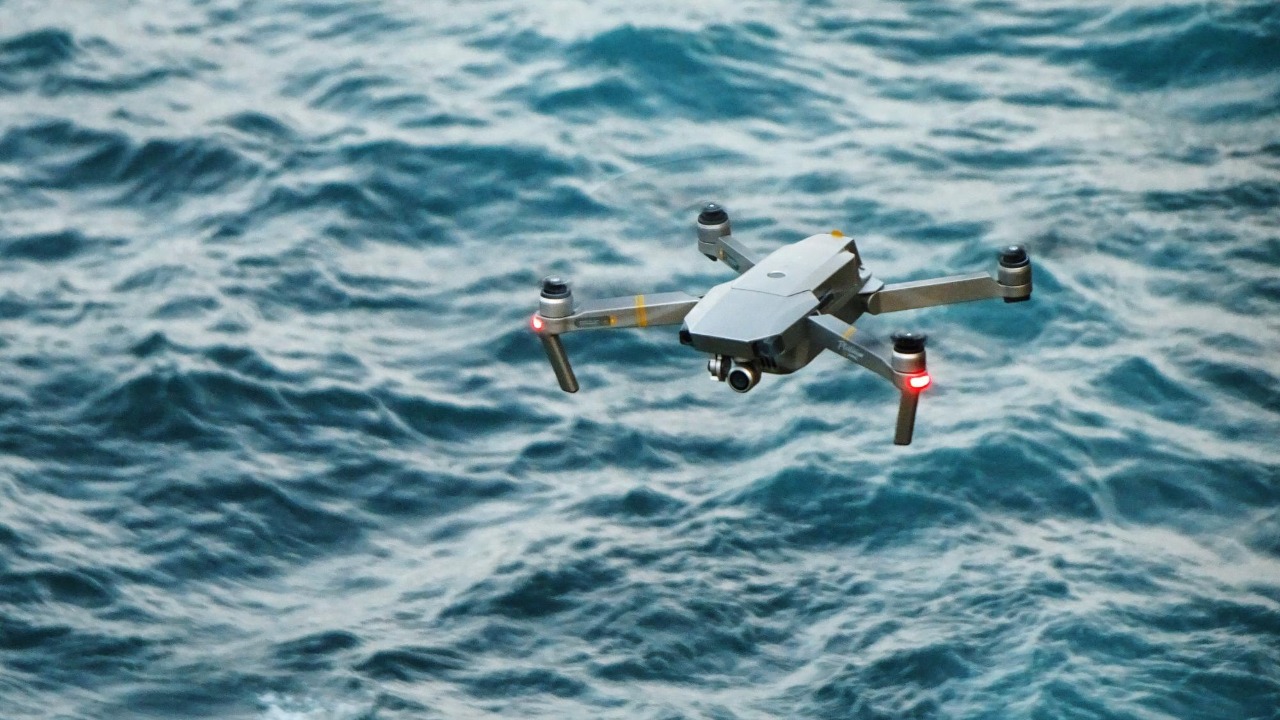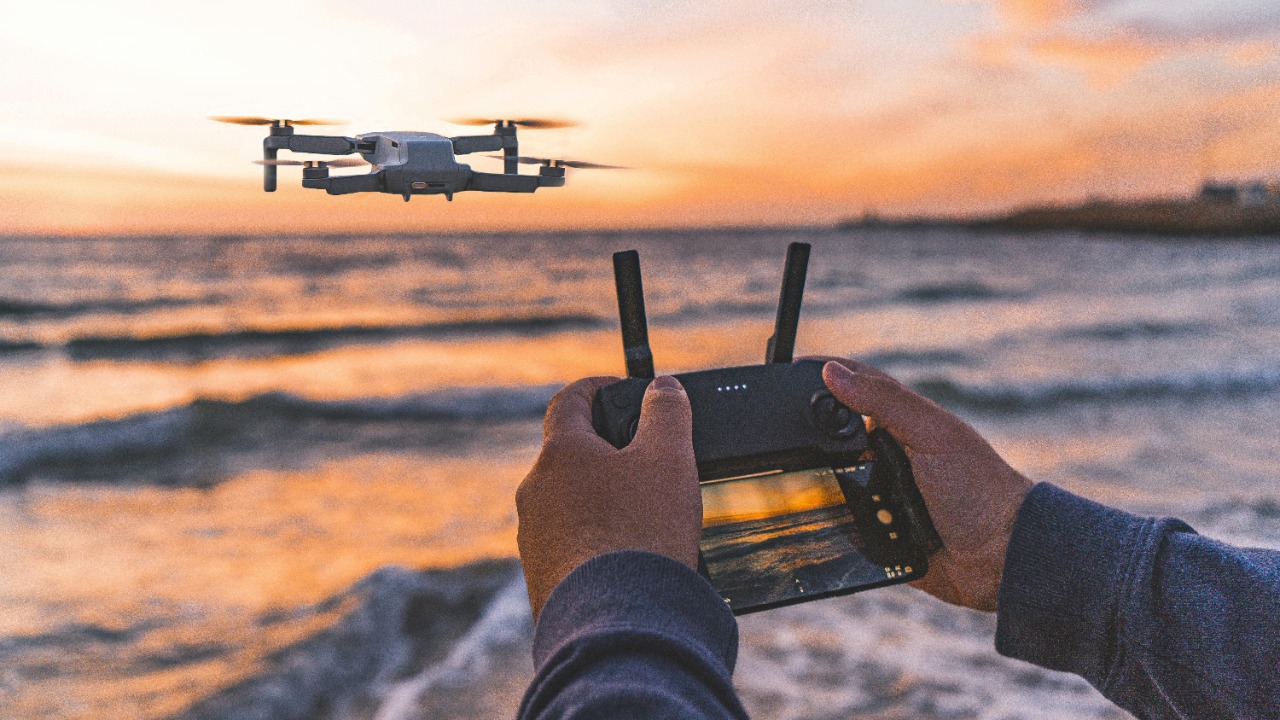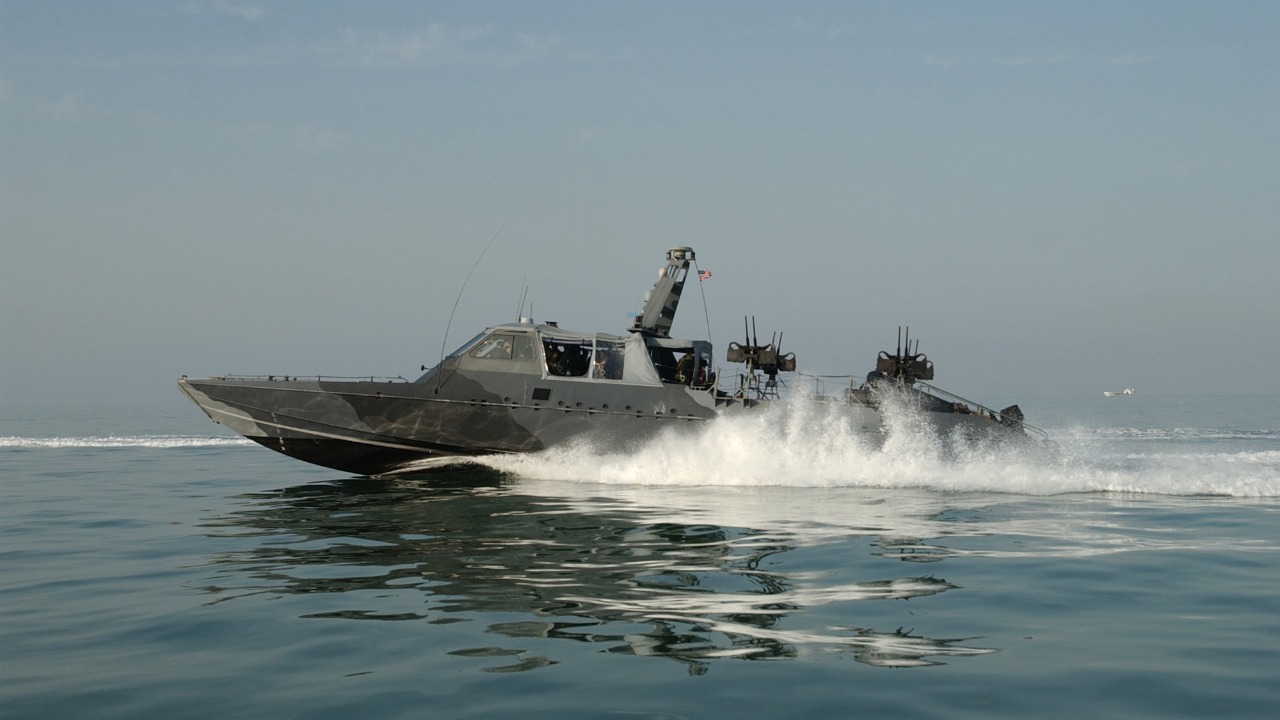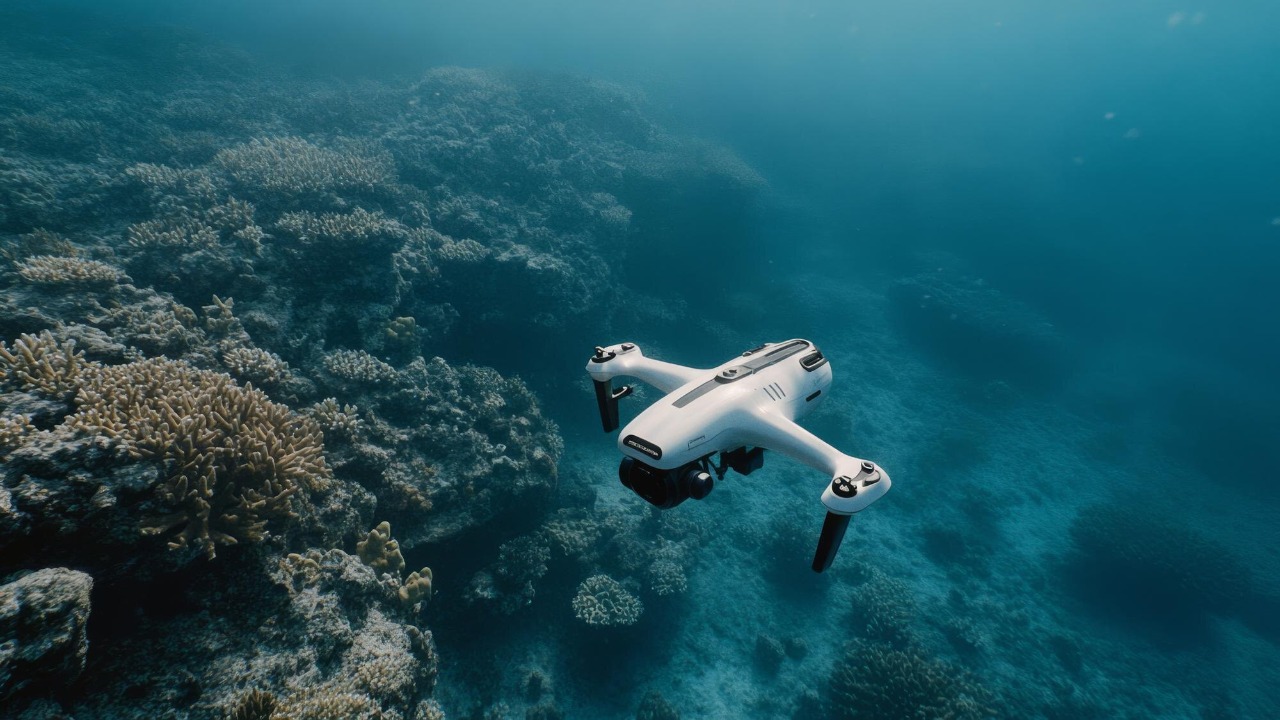
The advent of autonomous sea drones marks a transformative moment in maritime technology and defense strategy. The Sea Hunter, a self-driving navy ship, has captured global attention as a pioneering example of crewless maritime innovation. In this exploration, the technology, implications, and future prospects of these unmanned vessels are scrutinized.
The Technology Behind Sea Drones

Autonomous Navigation Systems
Autonomous sea drones like the Sea Hunter operate using sophisticated artificial intelligence and machine learning algorithms. These technologies enable the drones to navigate complex oceanic environments with precision, avoiding obstacles and adapting to dynamic marine conditions without human intervention. The integration of high-tech sensors and radar systems ensures these vessels can safely traverse even the busiest of waterways, identifying and reacting to potential hazards in real time.
The development of such systems has roots in collaboration between tech companies and naval organizations, aiming to create a seamless interaction between hardware and software components. Innovations in this field continue to evolve, with ongoing research focusing on improving the algorithms that govern decision-making processes, ensuring that autonomous vessels can match or exceed the capabilities of their human-operated counterparts.
Energy and Propulsion Mechanisms
The propulsion and energy systems powering sea drones are designed for sustainability and efficiency. Many of these vessels are equipped with solar panels and advanced battery technologies, providing a renewable energy source that reduces the need for frequent refueling. This setup allows the drones to operate for extended periods, making them ideal for long-term missions in remote regions.
Moreover, advanced propulsion technologies, such as hybrid engines, further enhance the efficiency of these vessels. These systems are engineered to optimize fuel consumption and minimize environmental impact, positioning sea drones as a forward-thinking solution in both military and commercial maritime operations. The continuous refinement of these technologies promises even greater range and operational capability in the near future, underscoring their strategic value.
Strategic Advantages in Naval Operations

Surveillance and Reconnaissance
Sea drones provide unparalleled advantages in surveillance and reconnaissance missions. Capable of operating in hostile or remote regions, these unmanned vessels can gather intelligence continuously and relay real-time data without endangering human personnel. This capability is crucial in modern naval operations, where timely information can dramatically influence strategic decisions.
The data collected by sea drones enriches naval intelligence, offering insights that were previously unattainable. For instance, the ability to monitor vast ocean areas for extended periods enhances the detection of enemy submarines and other potential threats. As a result, sea drones are becoming an integral component of naval defense strategies worldwide.
Cost-Effectiveness and Resource Allocation
Deploying sea drones offers significant economic benefits compared to traditional manned vessels. The absence of a crew reduces operational costs, including salaries, training, and life-support systems. The savings accrued from these reductions can be redirected to other critical areas of naval operations and defense, bolstering overall military effectiveness.
Additionally, the cost-effectiveness of sea drones encourages broader adoption and integration into existing naval fleets. As their technology continues to advance and economies of scale are realized, the financial and strategic incentives for using sea drones will only grow stronger, transforming the landscape of naval operations.
Ethical and Legal Considerations

International Maritime Law
The deployment of autonomous sea drones introduces complex challenges within the framework of international maritime law. Current regulations were primarily designed for manned vessels, leading to legal ambiguities concerning the operation and accountability of unmanned crafts. An examination of existing legislation reveals a pressing need for updated international agreements that address the unique aspects of unmanned maritime technology.
The global community is gradually recognizing the importance of establishing clear guidelines for the use of sea drones. Ongoing discussions among maritime nations aim to create a cohesive legal framework that accommodates the technological advancements and operational realities of autonomous vessels, ensuring their safe and lawful deployment across international waters.
Ethical Implications of Autonomous Warfare
The use of autonomous drones in military operations raises significant ethical questions. The potential for these machines to engage in combat scenarios without direct human oversight necessitates the development of stringent safeguards and policies. Concerns about accountability, decision-making processes, and the potential for unintended consequences are central to the debate on the ethical deployment of autonomous warfare technologies.
To address these concerns, military organizations and policymakers are exploring frameworks that ensure responsible use. This includes implementing decision-making protocols that align with established rules of engagement and international humanitarian laws. The goal is to balance the strategic advantages of autonomous systems with the ethical imperatives of warfare, maintaining human control and oversight where necessary.
Future Prospects and Innovations

Technological Advancements
The future of sea drones is closely tied to ongoing technological innovations. Emerging fields such as quantum computing and advanced materials offer promising avenues for enhancing the capabilities of these vessels. Quantum computing, for instance, could revolutionize data processing and decision-making, enabling sea drones to operate with unprecedented speed and accuracy.
Furthermore, advancements in communication systems are poised to improve coordination between unmanned and manned units, fostering more cohesive and effective naval operations. These innovations will likely spur new applications and capabilities for sea drones, solidifying their role as a pivotal element in maritime strategy.
Global Impact and Collaboration
International collaboration plays a crucial role in the development and deployment of sea drone technology. By working together, nations can address global challenges and harness the potential of these vessels for humanitarian efforts. For example, sea drones could be instrumental in disaster response, environmental monitoring, and other initiatives that benefit from real-time data collection and analysis.
The potential for sea drones to contribute positively to global efforts underscores the importance of fostering cooperative relationships among maritime nations. As technology continues to evolve, the collective goal is to leverage these innovations for the greater good, ensuring that the benefits of sea drones are realized across diverse sectors and applications.
For further insights and discussions, visit this community where enthusiasts and professionals share perspectives on the evolving landscape of autonomous maritime technology.